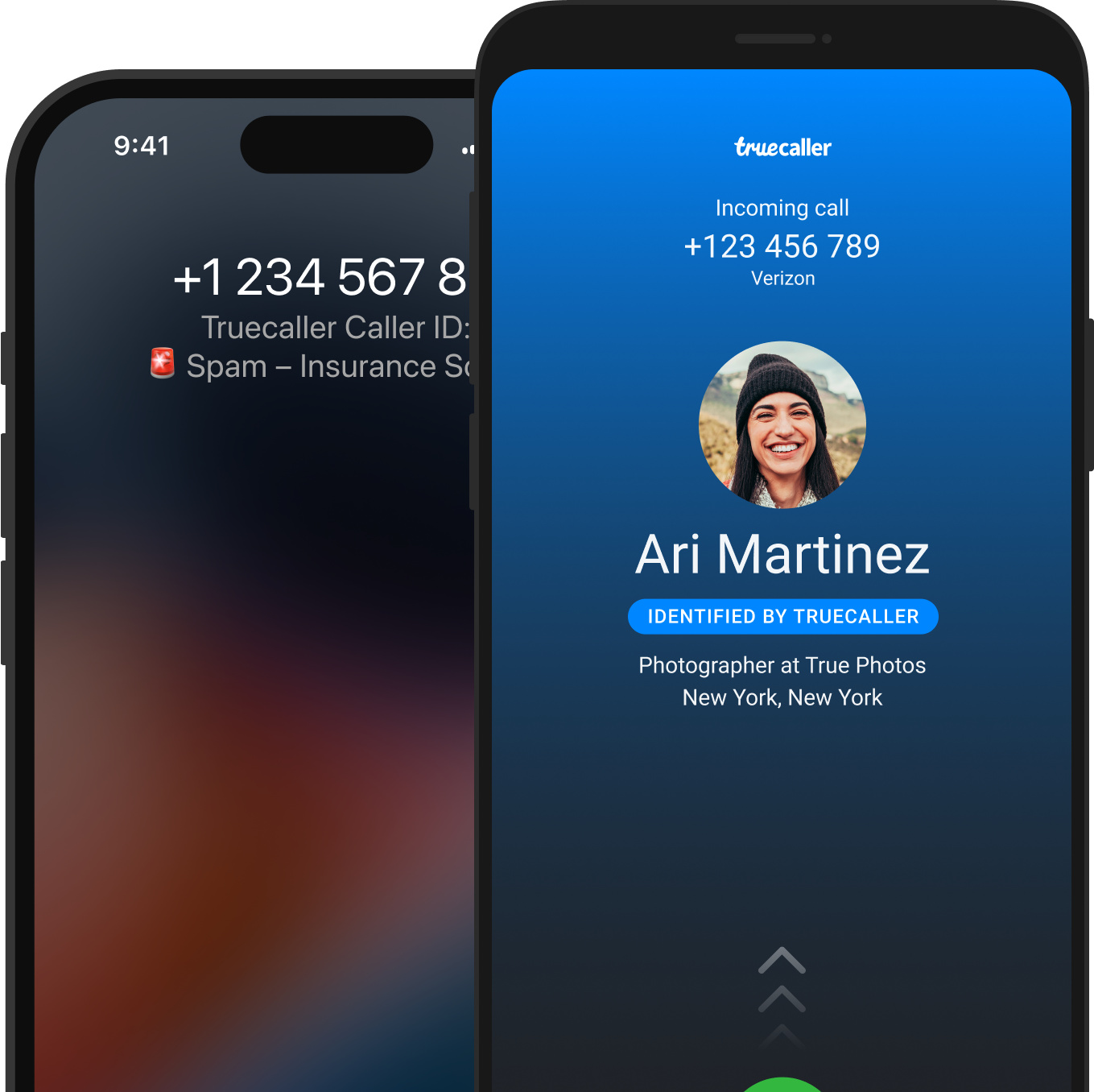In the age where every cell phone buzz can be a potential scammer, marketer, or an important call you can’t afford to miss, it’s becoming increasingly valuable to identify who is on the other side of the line. Fortunately, you don’t need to be a tech wizard to figure out who’s calling. With the right tools and know-how, you can unveil the mystery of unknown callers and make informed decisions about which calls to answer and which to ignore. Let’s dive into ten strategies to determine who’s trying to reach you, ensuring you stay connected with the people who matter.

Reverse Lookup Services
Imagine receiving a call from an unrecognized number—your curiosity piques. With reverse lookup services, uncovering the person behind the number is easier than you think. These services use vast databases to match phone numbers to identities.
- Navigate to a reputable reverse phone number lookup service online.
- Enter the phone number you wish to search for in the provided field.
- Click the search button and wait for the service to process the request.
- Review the results, which may include the caller’s name, address, and other available information.
Summary: Reverse lookup services are a simple solution to identifying unknown numbers. They’re usually quick and user-friendly. However, they may not always have the information for every number, especially if the caller is using a new or unlisted number.
Caller ID Apps
In this digital era, smartphone apps have become our pocket-sized helpers. Caller ID apps are designed to instantly recognize incoming numbers and provide you with the identity of the caller, even if they’re not in your contact list.
- Choose and download a reputable Caller ID app from your smartphone’s app store.
- Install and set up the app by allowing the necessary permissions.
- When a call comes in, the app should display the name associated with the caller’s number.
- Some apps also offer features like spam detection and call blocking.
Summary: Caller ID apps can provide real-time identification and protect against unwanted calls. Nevertheless, the accuracy can vary, and some apps may require a subscription fee for full functionality.
Social Media Search
Social media platforms hold a vast amount of information, and often people link their phone numbers to their profiles. By searching a phone number, you might be able to find a corresponding social media account.
- Copy the phone number that called you.
- Paste it into the search bar of your preferred social media platform.
- Scroll through the search results to see if a profile associated with the number appears.
- Review any publicly available information to identify the caller.
Summary: A social media search can sometimes provide quick, free insights into the person behind a number. The downside is that not everyone links their number to social media or has it visible publicly.
Search Engines
The simplicity of search engines can sometimes yield surprising details. Simply typing a phone number into a search engine could pull up information tied to the caller.
- Type the full phone number into your preferred search engine.
- Hit enter and explore the results that come up.
- Look for any listings, forum posts, or other mentions of the phone number.
- Analyze the information to see if it reveals the caller’s identity.
Summary: Search engines are easy to use and can help identify phone numbers occasionally, but they may also return a plethora of irrelevant results or outdated information.
Network Provider Services
Some network providers offer their own solutions for identifying callers. These services might include caller ID features or call management tools as part of your mobile plan.
- Contact your network provider to inquire about any caller identification tools they offer.
- Follow their instructions to activate or subscribe to the service.
- When you receive a call, the service may identify the caller on your incoming call screen.
- Some network services may provide additional features, such as spam call filtering.
Summary: Network provider services integrate seamlessly with your phone and are reliable, but they might come at an additional cost and typically only work within the provider’s network.
Whitepages
Whitepages is like the modern internet-based phone directory. It offers a way to search for people’s phone numbers and addresses.
- Go to the Whitepages website.
- Enter the phone number in the search bar and hit “Search.”
- Review the information provided, which could include the caller’s name and address.
- You might need to pay for detailed information or reports.
Summary: Whitepages can be an effective way to find out about a caller. However, the free information might be limited, and there is often a fee for a full report.
Call-Back Method
If other methods fail, consider calling back the number. Be cautious, as this could lead to unwanted conversations or even charges if it’s a pay-per-call number.
- Before calling back, ensure the number isn’t listed as a potential scam or premium rate number.
- Call the number during regular hours to minimize the chance of disturbing someone if it’s a personal number.
- Be prepared to quickly end the call if it is a telemarketer or scammer.
Summary: The call-back method can sometimes yield direct answers, but it can also lead to unwanted interaction or risks if the number has malicious intent.
Voicemail Screening
Let unknown calls go to voicemail. A legitimate caller will often leave a message, giving you clues to their identity.
- Do not answer calls from unrecognized numbers.
- Wait for the call to end and see if the caller leaves a voicemail.
- Listen to any message left and determine if it provides information about the caller.
Summary: Voicemail screening is a passive and non-intrusive method to learn more about unknown callers. However, it relies on the caller’s willingness to leave a message, which may not always happen.
Landline Caller ID
If you’re receiving calls on a landline, a caller ID feature can be an asset. Newer landline phones often have this functionality built-in, or you can purchase a separate caller ID device.
- Check if your phone has caller ID features and activate them if available.
- For external units, connect the caller ID device to your phone line following the manufacturer’s instructions.
- Incoming calls should display the caller’s number and possibly their name.
Summary: Landline caller ID is straightforward and does not require internet access. However, it may incur an extra cost and is not foolproof, as some callers can still hide their identities.
Trust Your Instincts
Lastly, remember that if a call feels questionable or persists despite not answering, it might be best to continue ignoring it. Persistent unknown callers with no message may not be worth your time.
- Reflect on the frequency and timing of the calls to assess the situation.
- Consider if there’s any reason you would be receiving unexpected calls.
Summary: Trusting your instincts is a personal and subjective approach. While it may reduce the risk of dealing with problematic calls, it can also result in missed opportunities if the call was legitimate.
In conclusion, identifying unknown callers can range from simple online searches to utilizing specialized apps or services. The key is finding the approach that best suits your needs and comfort level while keeping in mind the potential drawbacks of each method. By equipping yourself with these strategies, you can navigate the world of unknown calls with greater confidence and security.
FAQs:
-
Is it safe to use reverse lookup services to identify unknown callers?
Yes, it’s generally safe to use reputable reverse lookup services to identify unknown numbers. Always ensure that you’re using a trustworthy service to maintain your privacy. -
Can blocking unknown numbers prevent spam calls?
Blocking unknown numbers can reduce the number of spam calls you receive. However, spammers often change their numbers, so this might not be a foolproof solution. -
What should I do if I suspect a phone number to be part of a scam?
If you suspect a number to be associated with scams, you can report it to the authorities and block the number on your phone. Additionally, you could warn others by sharing your experience on forums or scam alert websites.








